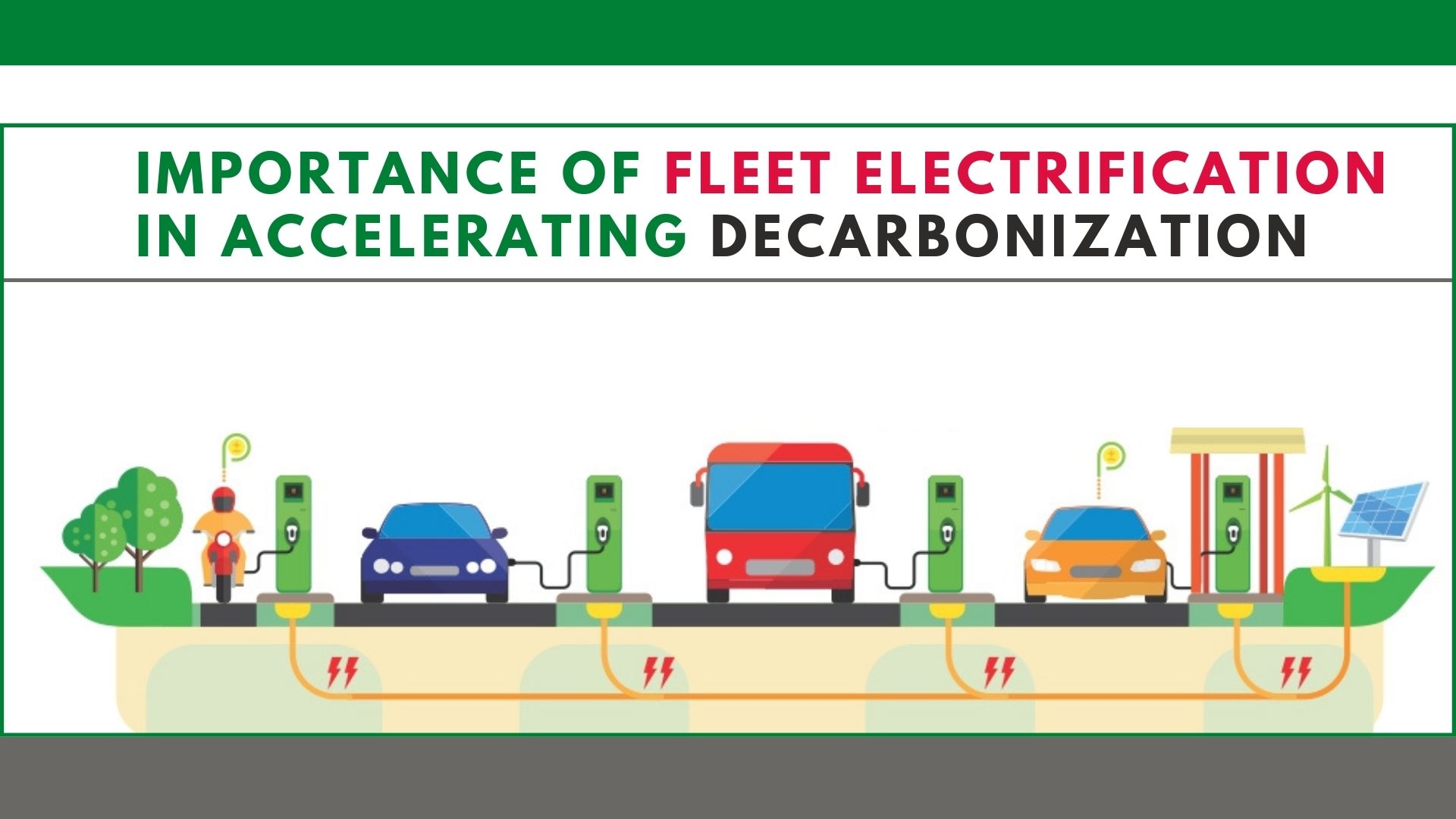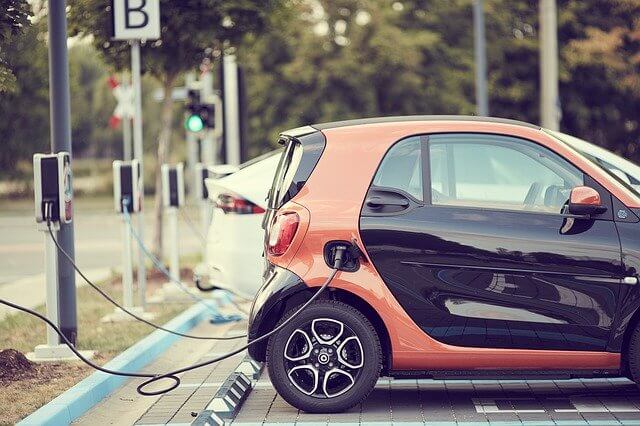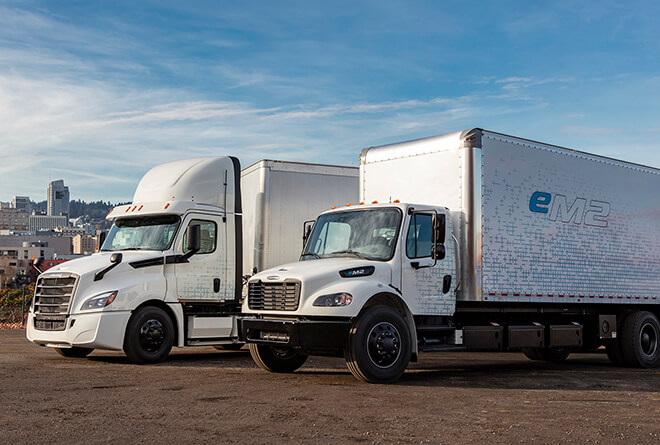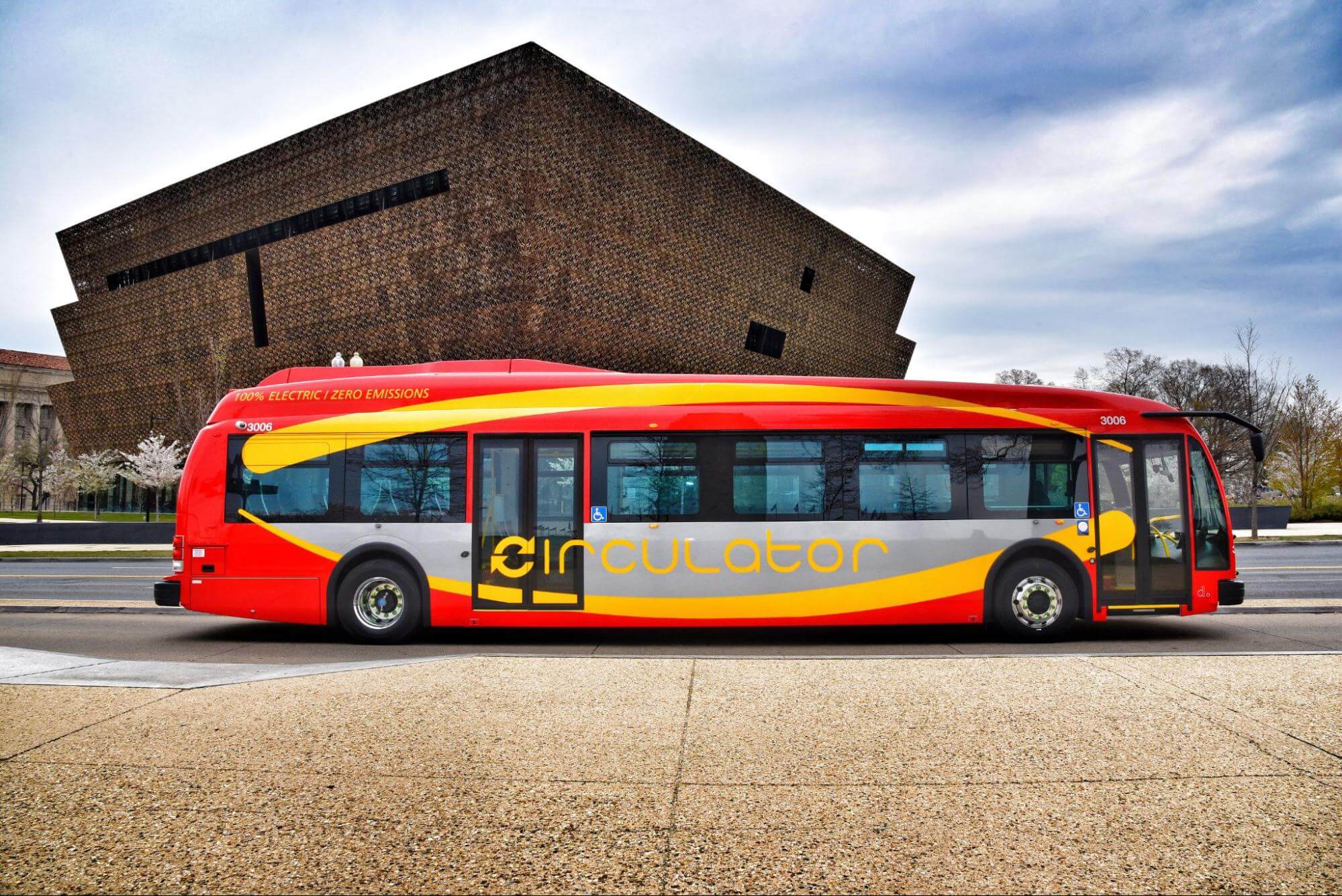 Are you aware that polluted air affects approximately seven million people every year throughout the entire globe?
Are you aware that polluted air affects approximately seven million people every year throughout the entire globe?
Yes! The automobile is the world’s fastest-growing source of emissions, accounting for 17% of carbon emissions, next to the power sector. Each year there is a remarkable growth in vehicles that emit massive amounts of greenhouse gases, which highly contribute to climate change.
Annual transportation sector CO2 emissions increased by roughly 80% between 1990 and 2019, reaching a new milestone of 8.25 billion metric tones (GtCO2).
Even though COVID-19 caused a 12 percent drop in worldwide transportation emissions in 2020, they are likely to increase.

It is need of the hour that the transportation emissions need to be reduced. Policies and rules to control emissions have been implemented over time, such as the introduction of car catalytic converters.
However, this industry’s emissions have remained high. We need a necessary shift to Electric Vehicles to reduce emissions and reduce the effect of climatic changes.
Fleet Electrification is a highly customized approach that can cut the cost as well as CO2 emissions and gain other substantial benefits to attain net-zero emissions by 2050.
According to a recent study by EY and Eurelectric, fleet electrification will provide the largest and fastest contribution to endeavors taken to decarbonize road transport.
Table of Contents
What is fleet Electrification indeed and why is it so beneficial in decarbonization?
Fleet Electrification is nothing but converting a vehicle fully or partly to run by using a battery mechanism. To put it simpler it is the transition in automobiles from internal combustion engines to Electric vehicles.

Yes! You heard it right!
Transforming the internal combustion engines into electric vehicles offers the greatest ever benefits of reduced emissions. At the same time, it reduces fuel costs and improves operational efficiency. Electric vehicles additionally enable fleets to run in low- or zero-emission zones set by the government.
The other benefits include reduced maintenance and could last longer than an internal combustion engine.
Advantages of Fleet Electrification
The advantages of Fleet Electrification can be summed up as below:
- Imposes regulatory requirements and emission reduction
- Enhanced operating Return Of Investment (ROI) and relatively low ownership costs
- Fuel use optimization
- Reduced maintenance expenditures and higher reliability
- In comparison to fossil fuels, electricity costs are lower.
Automotive Dimensions and Fleets
Operating a fleet daily necessitates a large number of choices. Depending on the dimensions and sizes, fleets can be light-duty, medium-duty, and heavy-duty electric vehicles.
(i) Light-duty Vehicles
In several sorts of commercial fleets, light-duty vehicles are often used.
Passenger cars, SUVs, and other vehicles may be used largely by fleets that transport people rather than goods or equipment.
Light-Duty Vehicles have several advantages. Low fuel consumption is one of the crucial advantages of light-duty cars. Since 2017, India’s light-duty vehicle (LDV) sales have decreased, with 3.2 million sold in 2019.
Despite this, India is the world’s fifth-largest LDV market. The average fuel consumption of new LDVs has decreased by 20% since 2005, from 6.9 liters of gasoline-equivalent per 100 kilometers (Lge/100 km) to 5.7 Lge/100 km in 2019.
This is mostly due to a large proportion of diesel LDVs and a 24 percent lower average LDV weight than the global average.
This figure is anticipated to rise as electric vehicles and other fuel-efficient options become more popular.
Light duty Electric vehicle fleet

In comparison, most heavy-duty cars can’t get more than 10 miles per gallon. The meaning is that fleets using light-duty vehicles may often save money on fuel and are less vulnerable to rising fuel prices.
At the same time, light-duty vehicles are more pleasant for both the driver and the passengers.
Light-duty vehicles are likewise subject to fewer regulations. They don’t have to stop at weigh stations, don’t usually require commercial driver’s licenses, and don’t need DOT numbers.
Light-duty vehicles may make it easier to manage fleet compliance because they are subject to fewer rules. Sedans, pickups, and other passenger vehicles make up light-duty fleets. Corporate fleets, municipal operations, taxis, ride-sharing services, and police forces use light-duty fleet vehicles.
(ii) Medium-duty Vehicles:
Electrification of medium- and heavy-duty vehicles is a viable and emerging way to cut pollution, improve health, and save money. Walk-in vans, school buses, and shuttle buses are among the medium-duty fleets. Schools, transit firms, motels, and delivery businesses frequently use these.
Medium duty School bus (Electric fleet)

When it comes to electrifying fleets, there are a few crucial aspects to keep in mind, like the process is more complicated than acquiring an electric vehicle (EV).
From routes and usage patterns to driver training, here are the key factors to consider when assessing commercial medium-duty EVs for your fleet.
- Shuttle buses, delivery trucks, and school buses all have defined daily routes, so medium-duty EVs are excellent for them. The ambiguity is removed by having a fixed number of miles for each route.
- Two of the most significant EV predictors of return on investment are operating, and maintenance (O&M) cost savings and warranty provisions (ROI). The total cost of operations (TCO), which includes O&M savings that assist speed up the project’s ROI, is one of the reasons fleets have adopted EV technology.
Read More: Electric Car Vs Petrol Car- Total Cost of Ownership for 5 Years
- Many governments, cities, and local sustainability organizations (such as Clean Cities) offer rebates, tax credits, and incentives to assist cover the upfront costs of electric vehicles. Each program has its own set of needs, such as the scrapping of old cars, the location of routes, etc.
- Many organizations have carbon reduction targets and track their GHG emissions offsets. Fleet electrification may achieve both zero tailpipe emissions and verifiable business goals.
- The charge stations, also known as Electric Car Supply Equipment (EVSE), the electrical wiring, conduits, panels, transformers, and other electrical equipment required to power your electric vehicle, are part of the charging infrastructure. Commercial vehicles’ daily electrical energy demand is substantially higher than electric passenger cars. So, charging infrastructure can be a much larger and more complex system.
- Formal training, like with any new technology, will aid project success during the initial, and future vehicle deployments. After the initial deployment, many fleets that get driver training report an increase in range efficiency.
- Uptime is an important metric for determining the success of a vehicle deployment
Medium duty electric truck

(iii) Heavy-duty fleets:
Semi-trucks, trash trucks, and transit buses are among the vehicles in heavy-duty fleets. Reduced pollution and maintenance expenses are the advantages of electrifying your heavy-duty fleet.
Heavy-duty electric truck

The benefits of heavy-duty fleets include:
- Instant torque, or the capacity to provide peak torque at 0 RPM, is a feature unique to e-Trucks. As a result, electric trucks can tow and move high cargo at far lower speeds than traditional trucks.
- Despite fully electric vehicles demanding some electrical system maintenance, it is minor in comparison to that required by their ICE equivalents. This is because an electric car has considerably fewer moving parts than a combustion engine and does not require the replacement of oil or transmission fluids.
- When comparing electric heavy-duty trucks to their ICE equivalents, rolling noise remains constant, but propulsion noise is significantly lower without a combustion engine.
- Electric transit buses are anticipated to have yearly operating expenses that are less than half of those of diesel buses. These savings translate to a lower Total Cost of Ownership during the vehicle’s lifetime.
Heavy-duty commercial Electric bus

Despite several advantages, heavy-duty fleets have the following challenges:
- The range is one of the most significant issues confronting heavy-duty electric vehicles. Trucks are designed to transport hefty trailers and cargo, which are intensive duties that lead to battery draining faster than most manufacturers promise.
- Manufacturers are forced to employ larger or more batteries to address the issue of range. The Volvo VNR Class 8, for example, features six battery packs with a total capacity of 300kW.
- Electric trucks can’t carry as much weight as diesel trucks for a given GCWR (gross combined weight rating) since their tractor is substantially heavier. This can result in a carrying capacity deficiency of several thousand pounds for the trucks.
- Extreme temperatures degrade the performance of lithium-ion batteries in electric vehicles, limiting their capacity to discharge and recharge efficiently.
India’s focus on Accelerating Fleet Electrification:
Following the completion of the first phase in March 2019, India’s Faster Adoption and Manufacturing of Electric Vehicles (FAME) scheme are now in its second phase. The plan builds on the federal government’s original objectives by focusing on battery technology research and charging facilities outside Tier 1 cities.
New electric vehicle (EV) subsidies, on the other hand, remain central to the scheme, with buyers receiving a 20% discount on eligible vehicles costing between Rs 200,000 (US$2,688) and Rs 300,000.
This is combined with a cheaper Goods and Services Tax: ICE vehicles are susceptible to a 28 percent tax, whereas qualifying EVs are subject to a 5% rate.
Promising electric vehicle alternatives are starting to come in India, with indigenous manufacturers Tata and Mahindra planning model releases and international manufacturers such as Hyundai already selling vehicles.
Rather than private buyers, the legislation is aimed at commercial fleets, including ride-hailing companies like Uber and Ola. Their presence in the market is far from insignificant: Uber claims that it facilitated 14 million rides per week in the United States in 2019, up from 11 million in 2018.
Delhi has one of the country’s most advanced and comprehensive subnational EV policies, which has served as a model for other states. The policy is indeed providing sufficient push to speed the long-awaited transition to electric vehicles and attain criteria that potentially spark mass adoption just over a year after its implementation.
Small Commercial Electric Vehicle in Delhi

The strategy focuses on electrification of shared and commercial transportation, with an ambitious goal of electric vehicles accounting for 25% of new vehicle registrations by 2024.
Since the policy’s announcement in August 2020, efforts have been made to encourage fleet operators and on-demand service mobility providers to switch to electric vehicles. Around 20 of India’s 28 states have developed their electric vehicle policies.
These fiscal and non-fiscal initiatives are likely to spur the growth of commercial electric vehicles, a market that did not exist before Delhi’s EV policy. Following the policy’s implementation, commercial electric car sales have reached a new height.
Conclusion:
The diesel trucks that transport items to and from distribution centers, ports, and other trucking hubs are responsible for much of the air pollution in lower-income communities surrounding these industrial sites.
Diesel emissions are also a major source of nitrogen dioxide and particulate matter, preventing many densely populated places from meeting air quality standards required for good public health.
A fleet of electric vehicles can be part of a bigger plan to help to meet sustainability goals by reducing CO2 and other damaging greenhouse emissions. It could save the lives of millions of people by preventing premature deaths. Employees who spend long periods in fleet vehicles may benefit from reduced noise and vibration, which may increase their health, satisfaction, and retention.
Electric vehicles provide high instant torque, allowing swift, smooth, and responsive acceleration. Additionally, the low center of gravity of electric vehicles also improves vehicle handling, reactivity, and ride comfort.







We are a private hire car company, specializing in passenger transfers to and from Bahamas airports, ports, Bahamas train stations, and Bahamas Places.
How EV Not Used Catalytic Converters